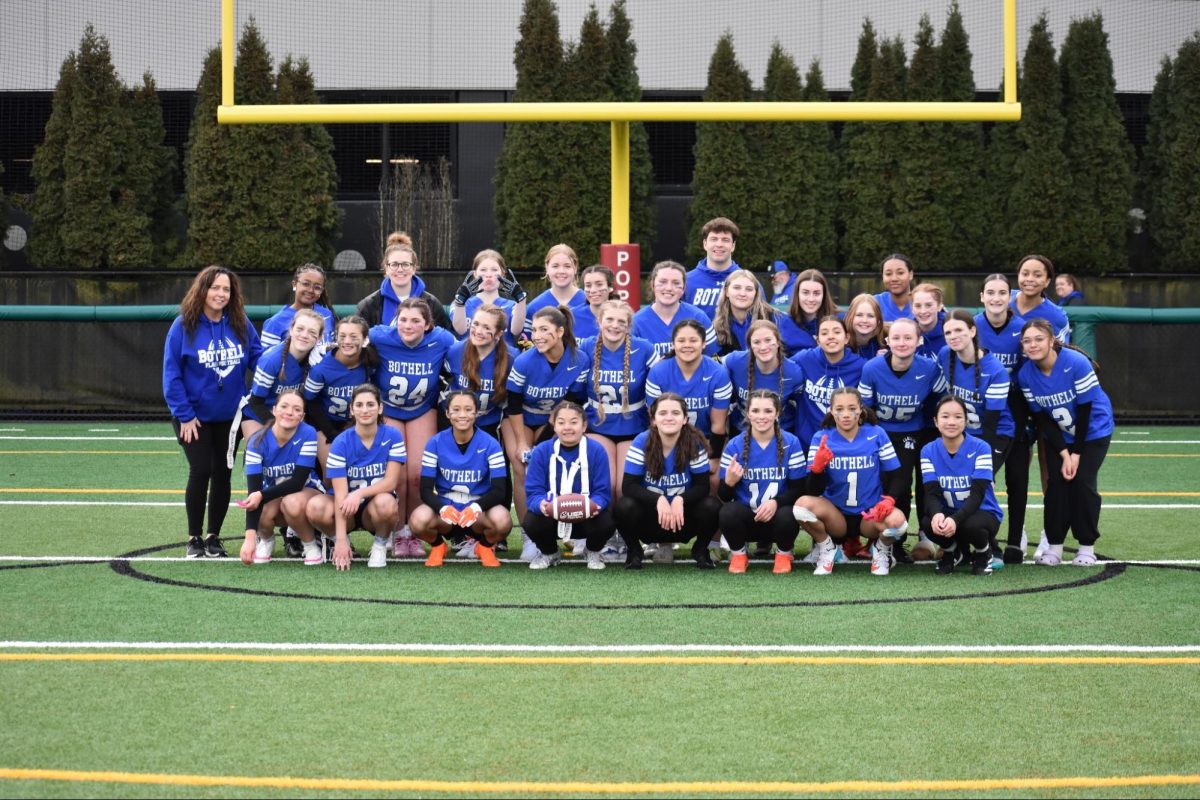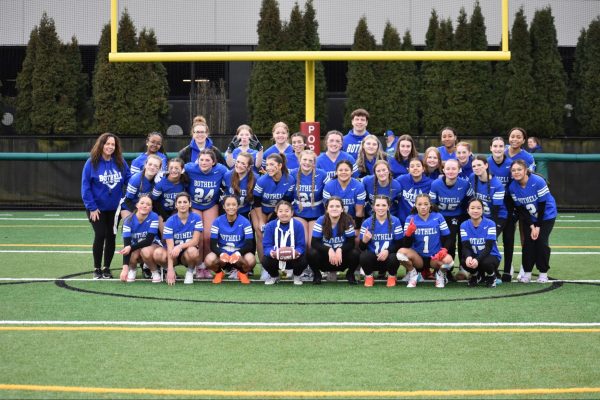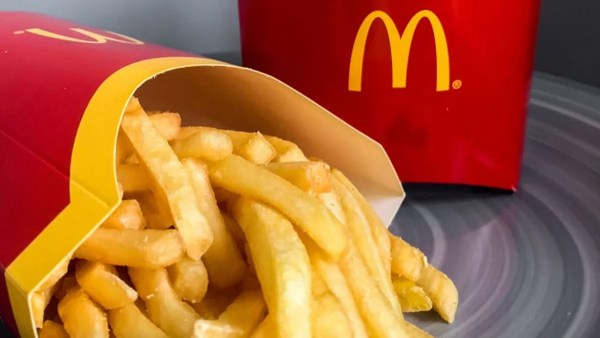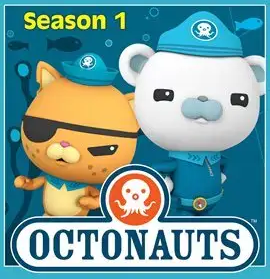Fast food: a monster in hiding?
How fast food is slowly killing us.
December 30, 2018
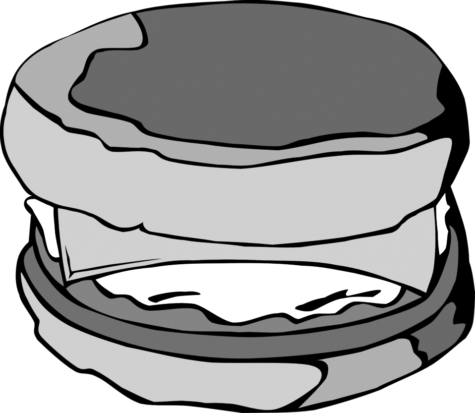
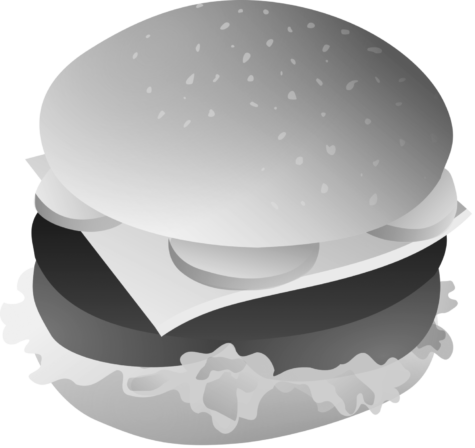
Fast-food restaurants everywhere are trying to fool us into thinking their food “won’t hurt us that much.” From showing healthy people in commercials to adding salads to the menu, restaurants will do whatever it takes to make money.
In fact, according to “Fast-Food Nation: The Dark Side of the All-American Meal,” written by Eric Schlosser, more teenagers than ever are working in fast food. You could even say that fast-food is becoming a teen-maintained industry. All too common is the sight of a student with a job after school alongside homework, bags under their eyes, barely staying awake in class. But teens aren’t just working in fast-food, they are also eating too much of it, despite knowing exactly what goes into it, especially in the cases where they work at the restaurant.
Kayla Lane (‘20) works at McDonald’s and thinks that not only is fast-food making teenagers sick, but that teenagers are addicted because of price and taste, not to mention convenience. She says it’s “like a trap” for us. The fast-food industry is untouchable (can’t be shut down) due to how large it is. She is afraid that the problem is beyond solving.
Gabe Ishak (‘20) says that fast-food is pumped with sugar, which is “addictive to teenagers minds.” Human bodies crave caffeine, according to the U.S. National Library of Medicine National Institutes of Health, and more restaurants are selling coffee and sodas than ever. Sodas contain the caffeine we all crave, as well as the sugar. “I don’t think that they care” was Ishak’s reply when asked if teenagers knew how bad it was for them.
Mr. Dan Newell, BHS health teacher, one hundred percent agrees that there is a problem with fast-food and teens. Like the rest of us, he believes teenagers buy fast-food because it’s “easy and cheap.” If students were even more educated on fast-food, he thinks the problem may be solved.
Based on all of this information, how is America being affected by fast-food? Not in a good way, that’s for sure.





